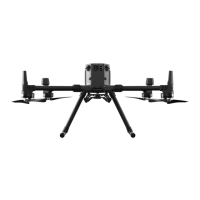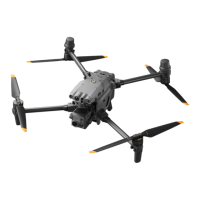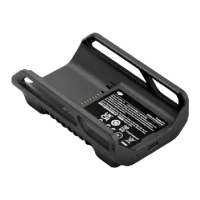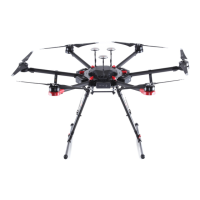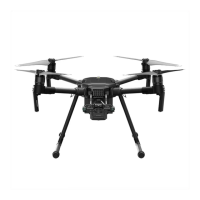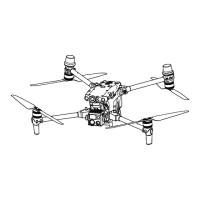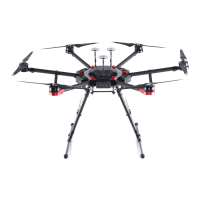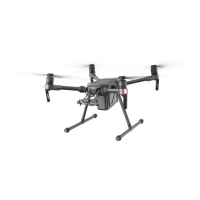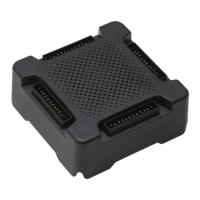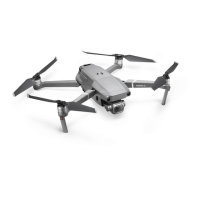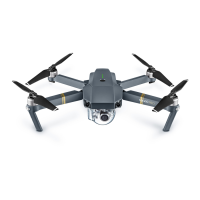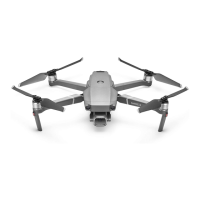MATRICE 350 RTK
User Manual
14
©
2023 DJI All Rights Reserved.
Flight Safety
Make sure to have training and practice before operating any actual flight. Practice with the
simulator in DJI Assistant 2 or fly under the guidance of experienced professionals. Pick a
suitable area to fly in according to the following flight requirements and restrictions. Fly the
aircraft below 120 m (400 ft). Any flight altitude higher than that may violate local laws and
regulations. Make sure you understand and comply with the local laws and regulations before
ying. Read the Safety Guidelines carefully to understand all safety precautions before ying.
Flight Environment Requirements
1. DO NOT use the aircraft in severe weather conditions such as where wind speeds
exceed 12 m/s. When flying in rain, refer to the flight requirements listed in the IP55
Protection Rating section.
2. Place the aircraft on open and unobstructed at ground to take o. Make sure the aircraft
is at a safe distance from any surrounding obstacles, buildings, crowds, or trees. Fly the
aircraft within the visual line of sight (VLOS) to ensure ight safety.
3. If light conditions surrounding the aircraft are poor, the navigation information on DJI Pilot
2 will show that the vision system or infrared sensing system is not functioning. This means
the vision system and the infrared sensing system may not be working properly and the
aircraft is unable to sense obstacles. Observe the surrounding environment at all times
Using the live FPV camera view and maintain control of the aircraft to ensure ight safety.
4. Make sure the beacons and the auxiliary lights are enabled at night for ight safety.
5. DO NOT take o from moving objects such as cars, ships, and airplanes.
6. DO NOT take o or land the aircraft on sandy or dusty areas to avoid aecting the motor
service life.
7. The performance of the battery and the propulsion systems may be affected by the
environment when flying in a high-altitude area. It is recommended to use 2112 High-
Altitude Low-Noise Propellers.
8. The compass and GNSS will not work in Polar Regions. Fly carefully.
9. DO NOT use the aircraft, remote controller, battery, and battery station near accidents, res,
explosions, oods, tsunamis, avalanches, landslides, earthquakes, dust, or sandstorms.
10. Use the battery station in a temperature range of -20° to 40° C (-4° to 104° F).
11. DO NOT use the charging hub in humid environments.
12. Make sure the temperature and humidity is suitable for the gimbal camera during usage.
13. This product shall not be used in potentially explosive atmosphere.
Wireless Communications Requirements
1. Make sure that the antennas are not damaged or loose.
2. Fly in wide open areas. Tall buildings, steel structures, mountains, rocks, or tall trees may
aect the accuracy of the GNSS and block the video transmission signal.
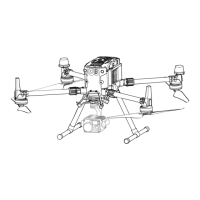
